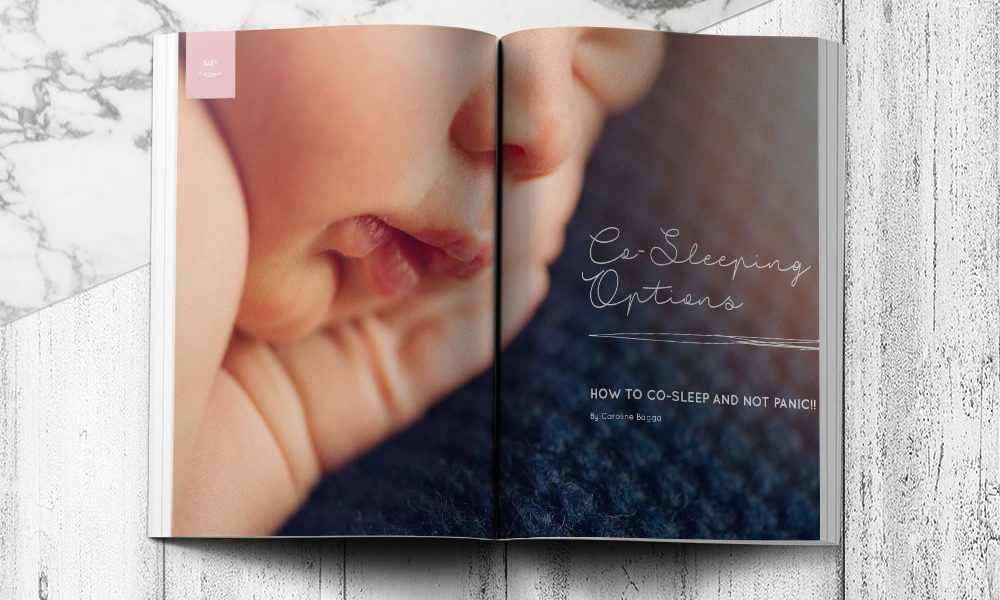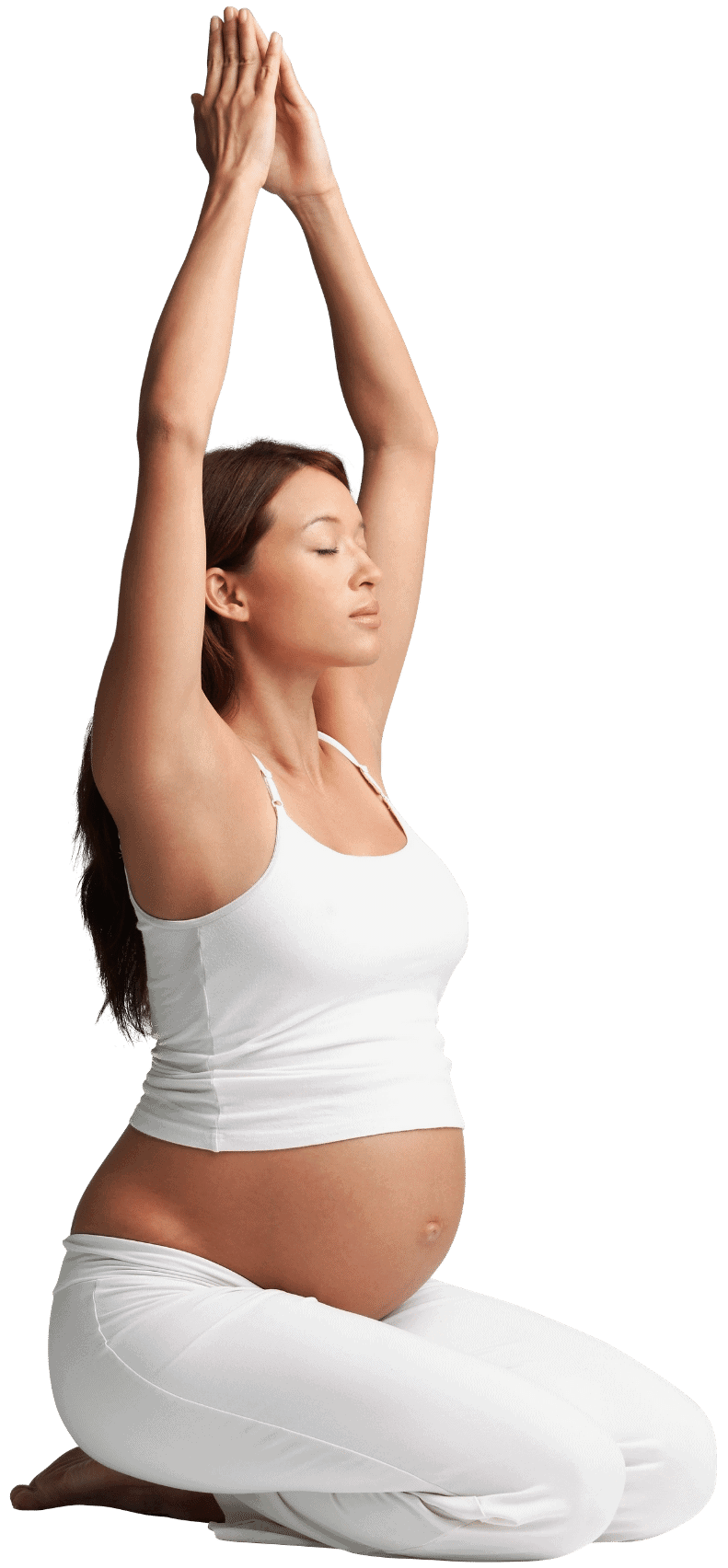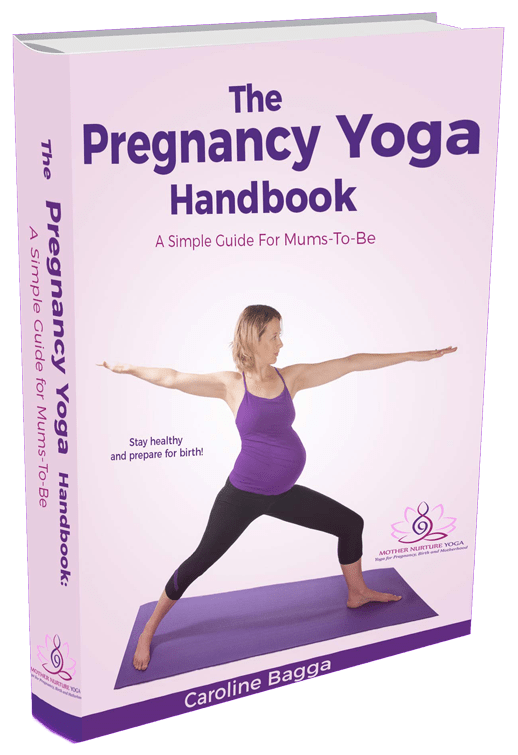This article first appeared in MyChild magazine on February 1, 2017.
Co-sleeping is when you share the same sleeping space with your child. There are different ways that this arrangement could work:
- Bassinet/cot in the same room as the parents
- An Arms Reach Co-Sleeper, where the baby has their own space attached to your bed – like a sidecar
- A mini bed within your bed – such as My Little Bed
- Sharing the same bed
Co-sleeping might happen at daytime or night-time. It might last all night, part of the night, or just for those delicious, early morning sleepy snuggles. It might be just mum and baby co-sleeping; mum, dad and baby; or it might be the whole family.
Interestingly, 80% of Australian parents admit that they have their baby sleep in their bed with them sometimes during the first six months of their life. 1
So why do people choose to co-sleep?
Usually it’s for practical reasons – it’s easier to nurse and re-settle so both mum and bub get more sleep (yay!).
But there are other benefits too…SIDS and Kids recommend that your baby sleeps in a cot in the same room as the parents for the first 6-12 months of their life as this lowers the risk of Sudden Unexpected Death in Infancy (including SIDS and fatal sleeping accidents) for your baby.
Many parents choose to co-sleep because of emotional and developmental benefits – making their baby feel safe, secure and loved.
Are there any downsides to co-sleeping?
Like everything related to parenting, there is a wealth of (usually conflicting) advice out there about what you should and should not do. If you do choose to co-sleep you can find yourself a real target for criticism which can make you panic and start to doubt your choices. Common concerns are that co-sleeping is not safe; you’ll squash or suffocate your baby, or they’ll fall out of bed. Other nay-sayers will tell you that you’ll never get your bed back or your baby won’t learn to become independent.
So let’s look at these concerns.
Is it safe? Safety is obviously the most important factor to consider. Studies show that mothers intuitively protect their baby while asleep, keeping them in the crook of their arm, therefore protecting them from being squashed or falling out of bed. Likewise, babies intuitively snuggle towards their mother’s breast while asleep, therefore staying away from the suffocation hazard of pillows.
It is not recommended to co-sleep on the same surface (ie. share a bed) if you smoke, take drugs, other sedative medication or alcohol which causes heavy sleep, or are extremely obese.
There are other guidelines to consider too, which can help to make co-sleeping safe for bub. SIDS researcher and Director of the Mother-Baby Sleep Laboratory at Notre Dame University Dr. James McKenna, has published Safe Co sleeping Guidelines which you should familiarise yourself with (http://cosleeping.nd.edu/safe-co-sleeping-guidelines/). And of course, it is recommended to follow the general SIDS and Kids safe sleeping guidelines, such as sleeping your baby on their back and keeping their head uncovered. (https://rednose.com.au)
Will I ever get my bed back? Generally children will want their own bed by age 2-3. In the scheme of things it’s such a short period of time so just relax and enjoy it while it lasts! After all, whoever heard of a teenager wanting to sleep with their parents?! If you find you are co-sleeping beyond 2-3 years and one, or both parents wants to re-claim your bed, you can make gradual changes towards this new arrangement – for instance going shopping for a new ‘big’ bed or moving them into a different bed in the same room.
Will my baby become dependent on me? This is possibly the funniest objection to co-sleeping. Babies by their nature ARE dependent on you – for everything! Some schools of thought say that in fact the opposite is true – if your baby feels secure in their attachment to you, they will go on to start to spread their wings sooner.
Obviously each child and each family is different. Some mums will say they have co-slept with one child for many years, and yet their next child didn’t sleep properly until they were moved into their own bed in their own room! The most important thing is to do what’s right for you and your baby – and to be open enough to realise that it’s ok to change things if they’re no longer working. What’s right at one time – or for one child – might not be right at another time, or for the next baby.
If co-sleeping is something you want to try, as long as you are creating a safe co-sleeping environment for your baby you should feel confident to go ahead.
Caroline Bagga is Mum to 3 beautiful girls, age 5, 2.5 and 6 months. When she is not co-sleeping with them, she helps women to have a healthy, active pregnancy. Caroline is Founder of Mother Nurture Yoga, Sydney’s Leading Pregnancy Yoga School, offering Pregnancy Yoga and Pilates Classes, Retreats and DVDs. Find out more at mothernurtureyoga.com.au
- Rigda RS, McMillen IC, Buckley P 2000, Bed sharing patterns in a cohort of Australian infants during the first six months after birth, J. Paediatr Child Health 36: 117-121.






